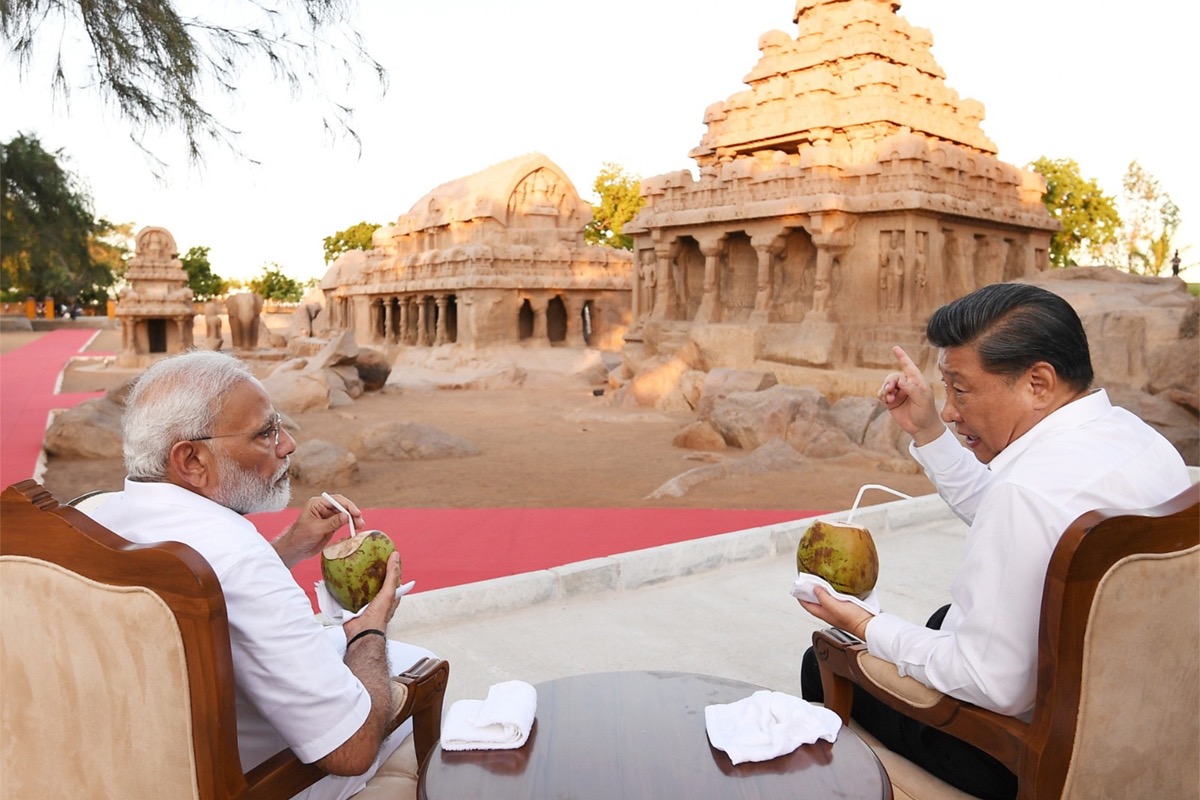

Chinese attempts to “unilaterally alter the status quo along the LAC in the western sector starting from April-May 2020 have disturbed the peace and tranquility along the LAC”, said the government.

Even as India’s ties with China remain virtually frozen amid continuing military stand-off along the Line of Actual Control (LAC), New Delhi has described its relationship with Beijing as “complex”.
“India’s engagement with China is complex,” said the ministry of external affairs (MEA) in its annual report.
The India-China relationship took a nosedive in May 2020 after China’s People’s Liberation Army (PLA), in a breach of mutually-agreed control over border areas, transgressed several kilometres inside the Indian territory in eastern Ladakh.
On June 5, 2020, Indian and PLA troops got into hand-to-hand combat in the Galwan valley. Through no bullet fired, Chinese soldiers used nail-studded rods resulting in 20 Indian casualties. Over a dozen rounds of military-level talks have yielded limited results even as China continues to transgress in several other border areas.
After the deadly clashes, anti-China sentiments skyrocketed in India with nationalists boycotting Chinese products and services. Many Chinese businesses were banned by the Central government on charges of violating local laws and posing threat to India’s sovereignty.
In its report, the MEA said, “China’s losses in the high-altitude 2020 Galwan Valley border clash with India — the deadliest confrontation between the two giants in over four decades — were much higher than reported with many soldiers drowning while crossing a fast-flowing, sub-zero river in darkness, new research claims.”
The government said that the Chinese attempts to “unilaterally alter the status quo along the LAC in the western sector starting from April-May 2020 have disturbed the peace and tranquillity along the LAC”.
These attempts of incursion have been met with an appropriate response from the Indian armed forces, it said.
Indian and Chinese foreign ministers have discussed the border standoff on the sidelines of several global forums since then. In their recent meeting in Bali in July last year, the two ministers discussed the resolution of the boundary dispute.
External affairs minister Dr S Jaishankar has maintained that the restoration of normalcy will require a restoration of peace and tranquillity along the LAC.
After at least 17 rounds of corps commander-level talks, India and China announced complete disengagement in the Gogra Heights-Hot Springs area near Patrolling Point-15 in the eastern Ladakh sector in September last year, but it is yet to happen in some other areas.
The report, prepared by the ministry’s policy planning division, said, “India endeavoured to strengthen ties with all partners in East Asia. India’s ties with China remained complex, even as the two sides made some progress in the resolution of the issues along the LAC in Eastern Ladakh.”
“The two sides have agreed that pending the final settlement of the boundary question, maintenance of peace and tranquillity in the border areas is an essential basis for the overall development of the bilateral relationship,” said the MEA report.
It further said that the two sides continue to hold discussions to “achieve complete disengagement from all friction points and full restoration of peace and tranquillity in the India-China border areas at an early date”.
After the Galwan Valley clash, Indian and Chinese troops clashed again on December 9 last year – this time in Tawang of Arunachal Pradesh, fighting each other with sticks and canes.
Apart from military talks, India and China also held 11 meetings of the Working Mechanism for Consultation and Coordination on India-China Border Affairs (WMCC) since May 2020.
India continues to engage with China on multilateral platforms including BRICS, Shanghai Cooperation Organisation (SCO), G-20, and the United Nations, the report stated.